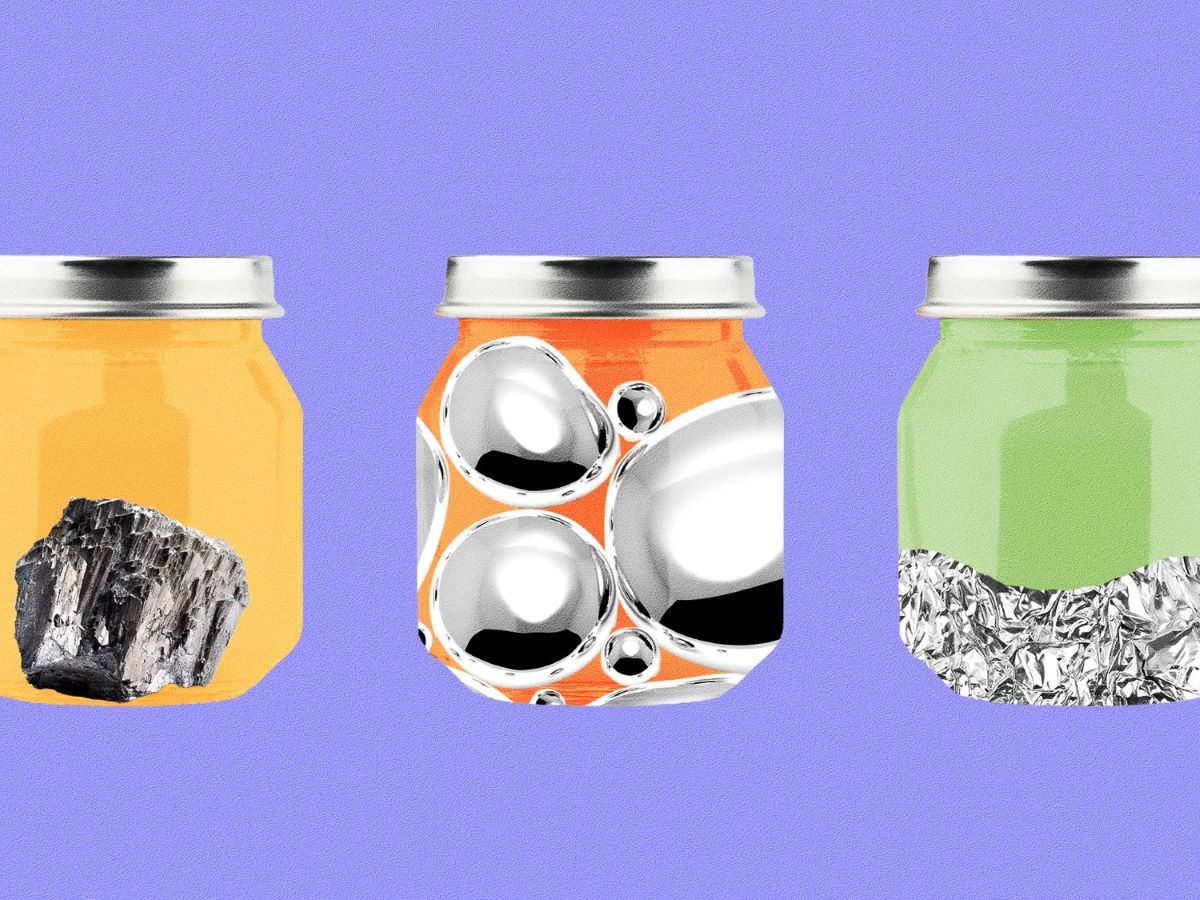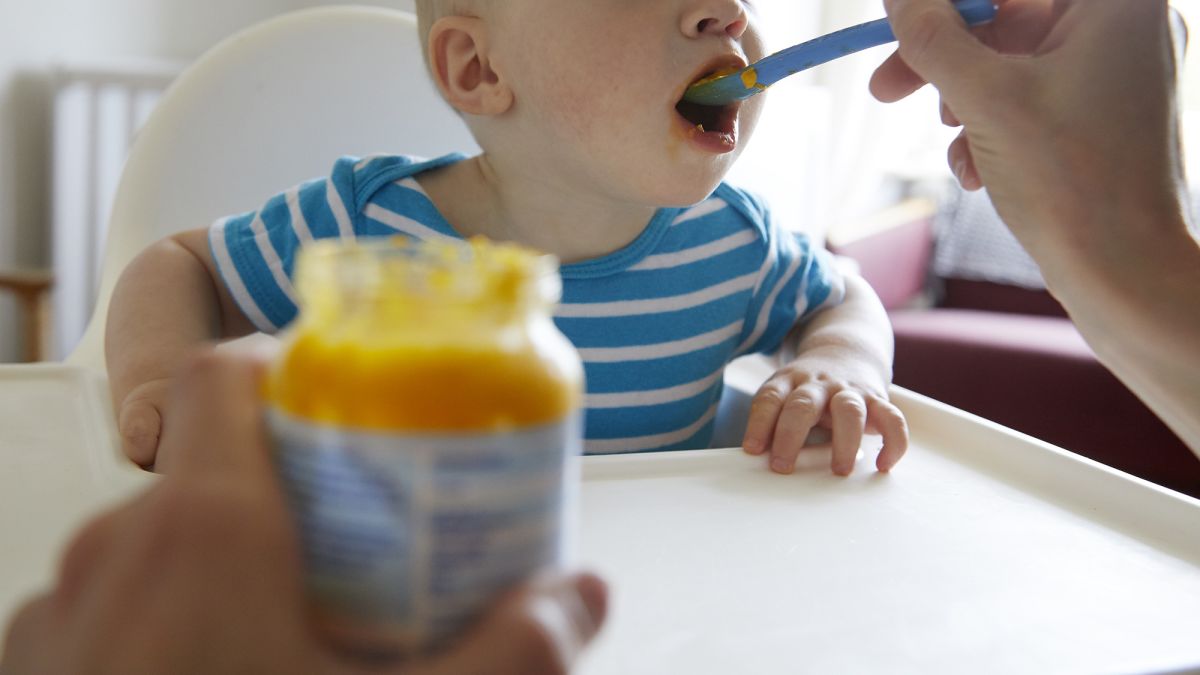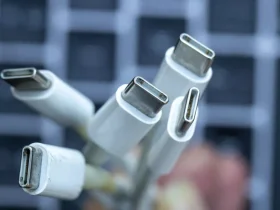It is not feasible to eliminate all traces of lead from the food supply because this heavy metal is pervasive in the environment and can be absorbed by plants. Consequently, trace amounts of lead are present in vegetables, fruits, and grains used to produce baby food.
Given the potential harm of toxic metal exposure to developing brains, the Food and Drug Administration (FDA) is introducing new guidelines to minimize children’s exposure to lead as much as possible.
The updated FDA guidelines call for restrictions on lead concentrations in all processed foods intended for babies and children under the age of two.
Lead concentrations should be limited to 10 parts per billion in fruits, vegetables, and meats packaged in baby food jars, pouches, tubs, and boxes. The target for dry cereals is set at 20 parts per billion.
The FDA estimates that these lower limits could lead to a 24 to 27% reduction in lead exposure, resulting in “long-term, meaningful and sustainable reductions in the exposure to this contaminant from these foods,” according to a statement from FDA Commissioner Robert Califf.
“We know that the less amount of these metals in babies’ bodies, the better,” says Dr. Aaron Bernstein, a pediatrician at Boston Children’s Hospital and a member of the American Academy of Pediatrics. He emphasizes that the goal should be to minimize lead exposure as much as possible.
“Parents need to recognize that foods naturally contain some metals,” Bernstein adds. Therefore, it is advisable to “feed your child a variety of foods to the extent that’s possible.”
Since some foods may have higher lead content than others, a varied diet not only provides better nutrition but also helps reduce exposure to these metals.

The American Academy of Pediatrics offers several tips for parents to minimize children’s exposure to heavy metals: serve a variety of foods, read labels, alternate infant cereals, and check the water supply for heavy metals.
Additionally, parents should offer sliced or pureed fruit instead of fruit juice to toddlers and young children, as some fruit juices may contain concerning levels of heavy metals.
“Fruit juices can have as much, if not more of these very metals we’re trying to minimize,” Bernstein says. He also notes that juice is a “sugar hit” for children, making it nutritionally beneficial to avoid.
The FDA notes that there has already been a significant decline in lead exposure from foods since the mid-1980s.
Lead was phased out of gasoline and paint years ago, and substantial federal funding is now being used to replace old water pipes containing lead, partly in response to high-profile cases of lead poisoning such as those in Flint, Michigan.
Dr. Leonardo Trasande, a pediatrician at NYU Langone Health, acknowledges that the FDA’s new targets are a step in the right direction but criticizes the pace of progress.
“As much as this is a baby step forward in limiting toxic exposures for children’s health, the FDA has been glacial in its pace of addressing newer and emerging contaminants,” he says.
Trasande points out that chemicals like phthalates, used in packaging, can also end up in food. He argues that there is a need to understand how these compounds might be affecting children’s health.







Leave a Reply